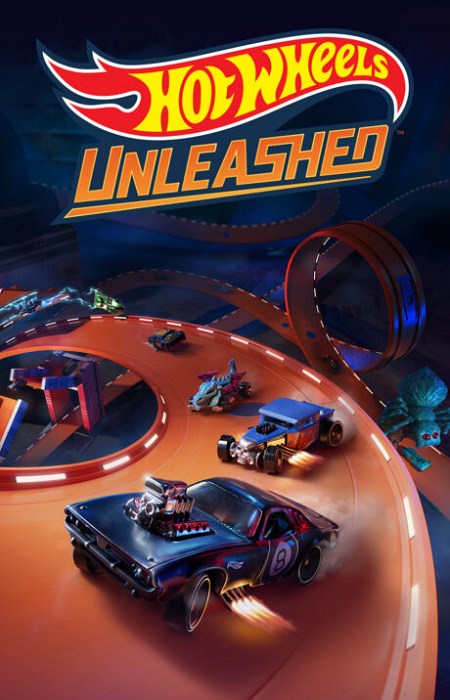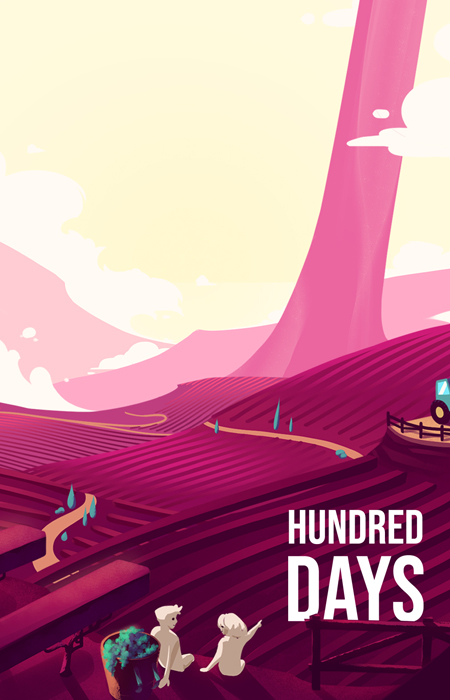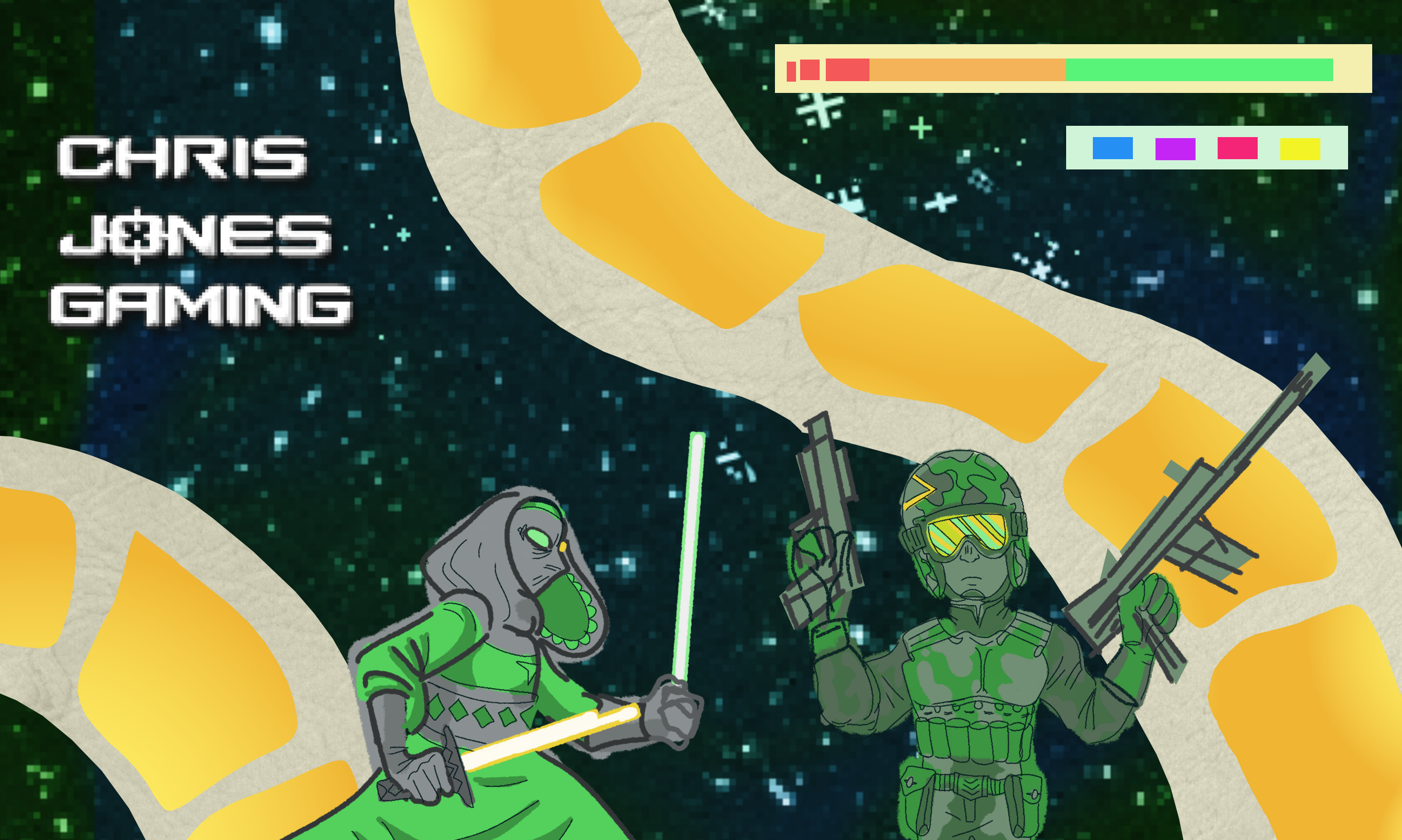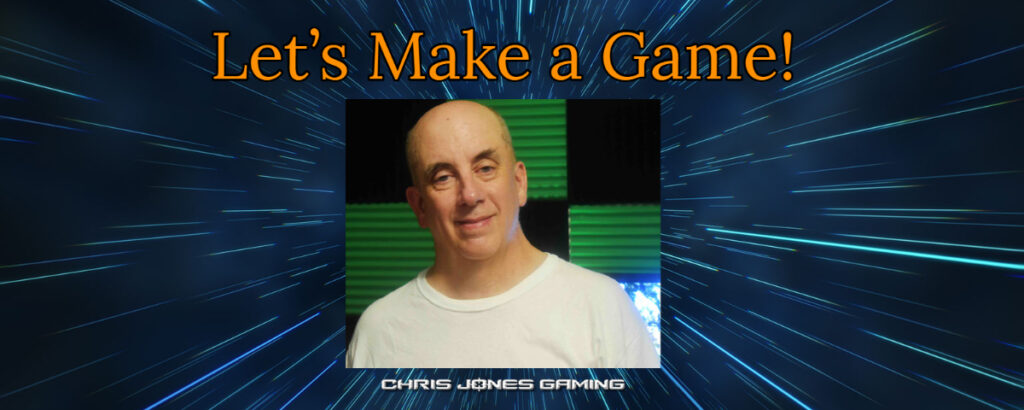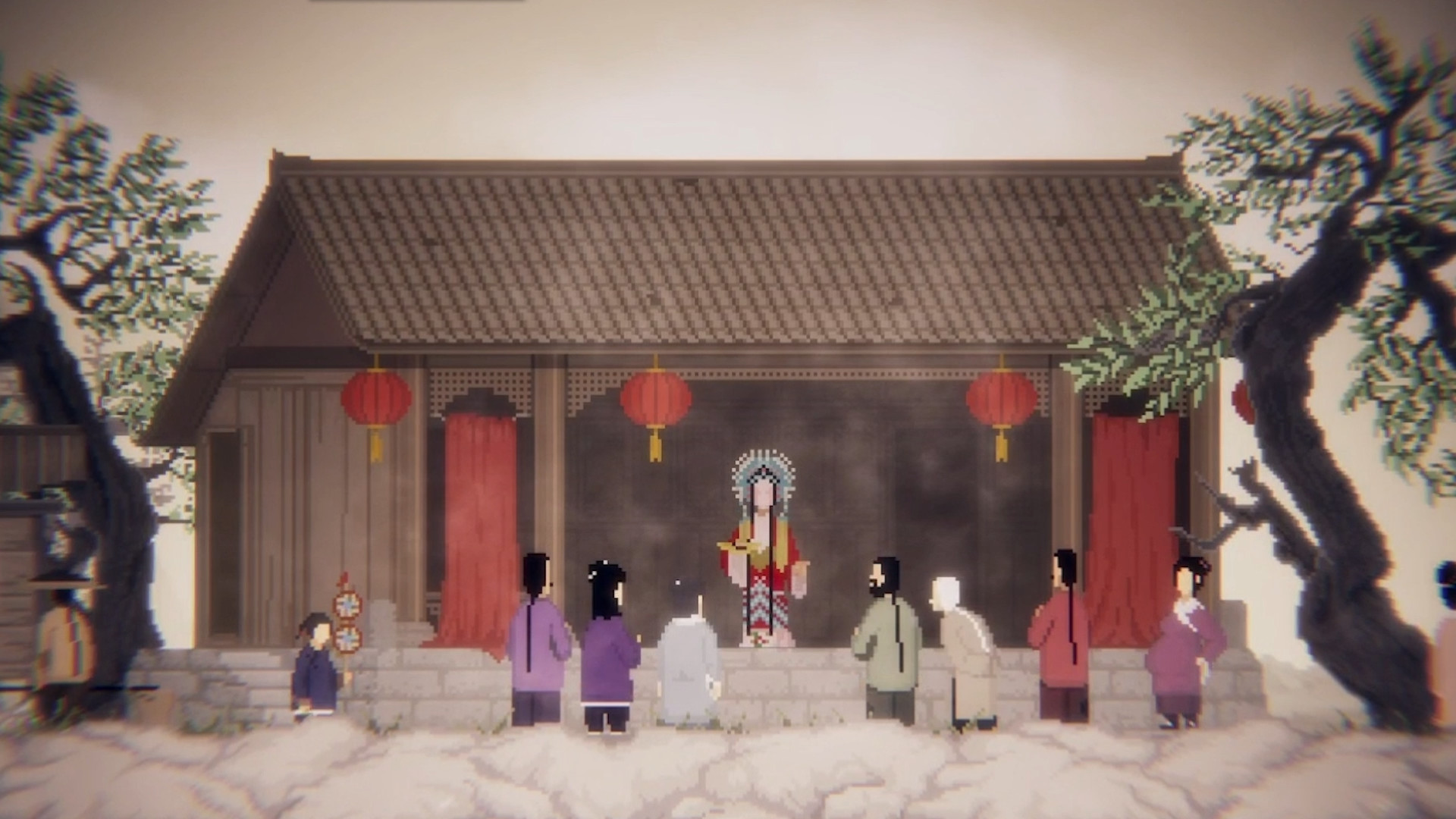Singapore, September 27, 2024 – HoYoverse announced the upcoming release of Genshin Impact Version 5.1, titled “The Rainbow Destined to Burn,” on October 9th today. The main story will continue in the new region of Natlan, where Xilonen will join as a master forger and a dependable ally in combat and exploration. Meanwhile, Sumeru will celebrate the return of the Sabzeruz Festival, filled with joy, festivities, and a special birthday surprise for Nahida.
Check out Genshin Impact Version 5.1 trailer here:
https://youtu.be/yJ-tllvBvmI
Following the last Archon Quest, Natlan is in urgent need of assistance to save herself from destruction and the looming threat of the Abyss. While players and Xilonen work together to forge an Ancient Name for the Traveler, Citlali, a member of the Masters of the Night-Wind, will finally appear to lend a hand. Meanwhile, her fellow tribe member, Ororon, is devising a secret plan. Players’ efforts to rescue Natlan will be rewarded, as they can claim an additional 500 Primogems by completing the two new acts of the Archon Quest in Version 5.1. Additionally, up to 400 Primogems can be obtained by completing specific World Quests and gaining Natlan Exploration Progress.
Xilonen, renowned for crafting legendary items like the Pyro Archon’s sunglasses, is not only a talented smith but also an agile and reliable warrior. Unlike traditional climbers, this five-star Geo Sword wielder can skate effortlessly and execute agile leaps along cliff walls. In combat, Xilonen demonstrates versatile support skills by reducing enemies’ Elemental RES or healing her teammates, thanks to her unique combat equipment: Samplers. All three Samplers initially record Geo Source Samples, which Xilonen can instantly activate using her Elemental Skill to reduce enemies’ Geo Elemental RES while enhancing her Normal and Plunging Attack DMG. When she teams up with Hydro, Pyro, Cryo, or Electro characters, the Source Samples will undergo Elemental Conversion and change colors, but they can only be activated after maxing out her Nightsoul Points through Normal Attacks, allowing her to reduce the corresponding Elemental RES of enemies. If at least two Source Samples change color, Xilonen can activate them more rapidly, shifting her Elemental Burst from dealing Geo AoE DMG to healing nearby active teammates. Additionally, she can help the team regain a certain amount of Phlogiston by triggering a Nightsoul Transmission.
In the Version 5.1 Event Wishes, Xilonen will feature in the first half alongside the rerun of Chiori, while the second half brings back Nahida and Hu Tao. As more allies join the team, Natlan introduces a new Enemy Boss: the “Secret Source Constructor,” an ancient construction machine with a lethal nature that awaits challengers in a long-forgotten cave.
Back in Sumeru, the streets come alive with joyful rhythms during the Sabzeruz Festival, honoring the birthday of Lesser Lord Kusanali. This year, players will reunite with Dehya, Tighnari, and Collei to prepare a heartwarming birthday surprise for Nahida, taking on the special role of Knight of Flowers to escort her carriage through the festival parade. In Port Ormos, the festivities feature a series of mini-games, including “Rocking Carriage,” where players control a carriage to collect flowers and dodge obstacles; “Interreflection of Reality and Dreams,” which challenges players to spot anomalies in the dream world; and a combat challenge where participants fight as the Knight of Flowers. By earning enough Festive Fervor through these activities, players can claim various rewards, including a chance to recruit Candace for free.
Version 5.1 also introduces several quality-of-life improvements for the Spiral Abyss, character ascension, Artifacts, and Echo Cosmetics. In the Spiral Abyss, a new skip feature allows players to bypass Floor 9 if they achieved full stars on Floor 11 in the previous update. Similarly, players who completed Floor 12 with full stars can skip both Floors 9 and 10. Character ascension has become more intuitive, with inventory updates displaying the quantities of craftable materials. A new formula filter at the Crafting Bench will also simplify crafting management. Additionally, in the character Artifact interface, Artifact Set filters and affix sorting preferences for individual slots will now be saved, eliminating the need to reset them after each session. Lastly, Zhongli and Keqing’s Echoes can now be obtained by completing new Envisaged Echoes challenges introduced in the latest update.
Genshin Impact Version 5.1 will be arriving on October 9. With cross-progression and Co-Op functions, players can enjoy their adventure across PlayStation®, PC, Android, and iOS. The game has been rated T for Teen by ESRB on PS5, PS4, PC, and Google Play, and 12+ on iOS. For more information, please visit the official website (genshin.hoyoverse.com) or follow @GenshinImpact on X, Instagram, and Facebook.
About Genshin Impact
Genshin Impact is a free-to-play open-world adventure RPG that brings players to the visually stunning world of Teyvat. The player takes on the role of the mysterious “Traveler,” who sets off on a journey to discover the fate of their lost sibling. Starting from Version 5.0, Natlan, the sixth of the seven nations is open for exploration. Players can explore each nation with unique cultures and vast landscapes, meet a diverse cast of characters, master the art of element-based combat, and unveil the secrets of Teyvat. With cross-progression and Co-Op functions, players can now continue their adventure across PlayStation®5, PlayStation®4, PC, Android, and iOS alone or with friends.
About HoYoverse
HoYoverse is committed to providing immersive virtual world experiences to players around the world. We have brought fans popular games including Genshin Impact, Honkai: Star Rail, Honkai Impact 3rd, Tears of Themis, and Zenless Zone Zero, as well as a wide range of entertainment content.
Community is at the heart of everything we do. We are devoted to engaging fans and fostering an enthusiastic and inclusive global community that provides access and encouragement for people to share their passion for ACG (Animation, Comics, and Games) through their own creativity and skills.
Pushing the boundaries of imagination, we consistently explore cutting-edge game development technologies, and have accumulated leading technical capabilities in cel shading, cloud gaming, and other fields.
In the future, we will continue to expand our content production, technology research, and publishing duties through operations in offices in Singapore, Montreal, Los Angeles, Tokyo, Seoul, and other areas.
Media Contact:
Steven Ruygrok: steve.ruygrok@hoyoverse.com
Xin Yang: xin.yang@hoyoverse.com
Amos Yeo Kaizong (SEA): amos.yeo@hoyoverse.com











